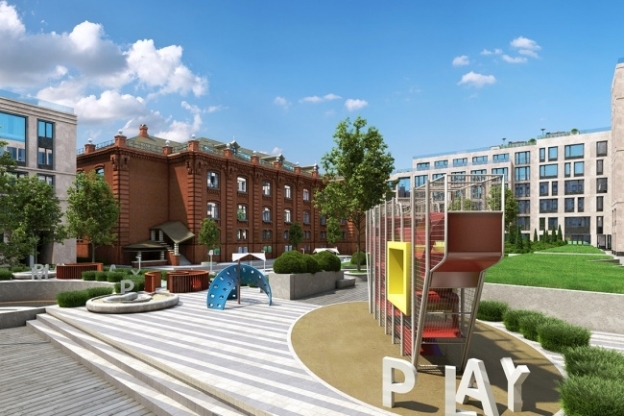“Why not make the center of Moscow residential again?”

Sergey Kuznetsov, the chief architect of Moscow, spoke with a reporter from “Rossiyskaya Gazeta” about what can be built in the center of Moscow and why it is so important for developers to work with public opinion.
Without imbalances
One of the main ideas of the new urban policy that is being carried out by the Moscow authorities is the mixed-use development of regions and overcoming the imbalances that have emerged in the single function development of the capital, such as residential districts or an office center without housing accommodations. The disproportion is evident: today nearly 2 million people work within the Garden Ring, while approximately 700,000 live there.
However, many do not welcome the return of residential space to the center on the grounds that for a long time exclusively large scale new buildings were built in place of historic buildings. However, according to Sergey Kuznetsov, now only what is currently there will be reconstructed and get re-profiled. “It is reasonable that in the center live the people who work there,” said the chief architect. “In the early 20th century, Stoleshnikov Lane, Dmitrovka, Petrovka, Neglinka, were built up with apartment houses. After the revolution they were turned into offices. Why not convert them back to residential places again?”
Nevertheless, business can not be made to leave the center by force; making the development of business interesting in the new territories of Moscow can only be done by creating a comfortable and more economically favorable environment there.
“The city — a living organism”
According to the chief architect, the city is a living organism, and to mummify the center of Moscow is by no means possible. That is why Kuznetsov treats with caution any ill-conceived ban on construction, such as the bill recently introduced to the State Duma to ban the demolition of all buildings in the center built before 1955. Moreover, some places in Moscow, whose appearance was destroyed by spontaneous demolition, such as Pushkin Square, it is worthwhile to bring to an appearance of an ensemble: “Reconsider, for example, the Rossiya cinema, on the site of the Strastnoy Monastery build a new building, and shorten the square. Restoring the historic quarter opposite McDonalds would make the area more compact, scaled down and comfortable.”
Difficult to please everyone
There is not a project in the city that was liked by all, and here it is very important how well the developer works with public opinion. The residential complex on Ordzhonikidze Street that the famous American architect Robert Stern designed for Barkli became the focus of a vocal public campaign by defenders of the Donskoy Monastery panorama. “A similar complex on a neighboring lot with the Donskoy baths was discussed at the last meeting” said Kuznetsov. “Even bigger, it is called ’Donskoy Olympia’: long ago the volumes were agreed on, as well as the permission was granted for its construction. And this building does not give rise to doubts. In my opinion, this is simply because the developer works better with public opinion, and so there are no protests.”
The architecture of these comlexes does not aspire for an award, but in general, in the opinion of Sergey Kuznetsov, forms a quality urban environment, and therefore was agreed upon. According to the chief architect, world-class projects in Moscow should appear following the results of several major international competitions: projects for the Polytechnic Museum Center and Moscow State University, Zaryadye Park, and the look of a new building of the Tretyakov Gallery.
Other striking projects, added Sergey Kuznetsov, were designed for the development of the ZIL territory, the administrative and business center in Kommunarka, and the Skolkovo innovation center.
- Tags:
- housing |
- Sergey Kuznetsov |
- ZIL |
- Skolkovo |
- industrial zones



